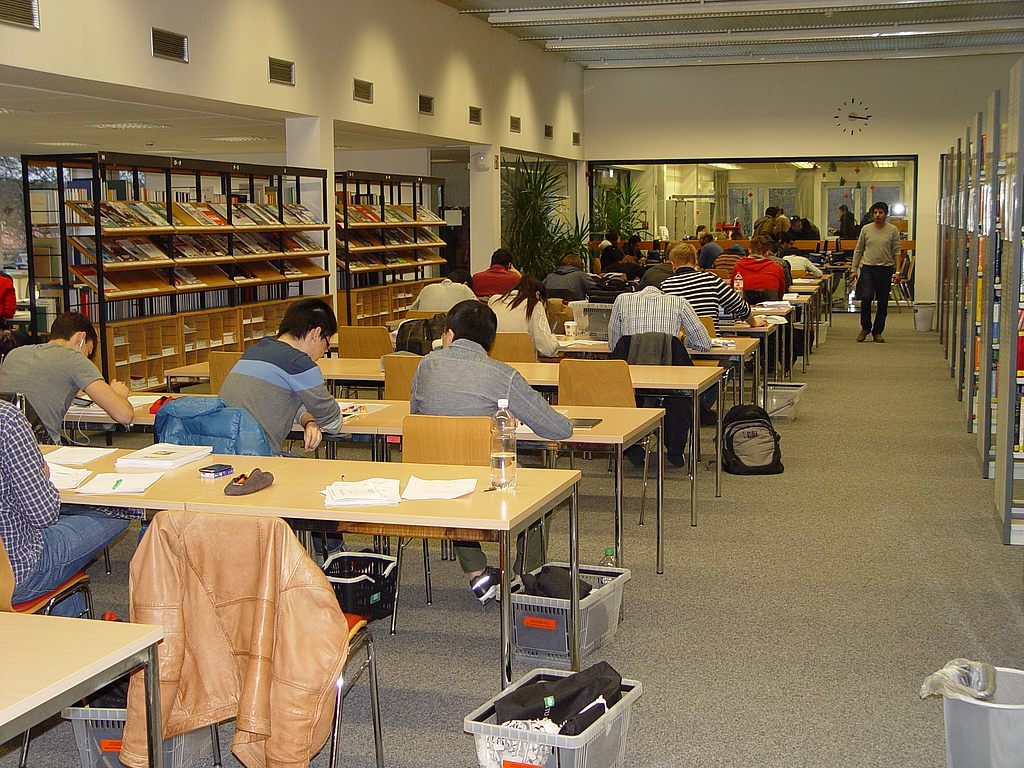Green, Gold, Platinum
Different paths to Open Access
At the end of the 19th century, scientific journals were an innovation that replaced the private correspondence of scholars and made scientific knowledge accessible to a wider audience. The Internet enabled even faster and broader access to content with electronic versions of the journals, so that today almost all scientific journals are (also) accessible online.
More and more scientific articles are being published and more and more scientific journals are being founded, so that it is no longer possible for libraries to subscribe to all thematically relevant journals for their institutions. On the other hand, the costs for a publication on the Internet are much lower than they are for printed publications. In the interests of science, therefore, the idea emerged(Berlin Declaration on Open Access) to make all scientific publications freely available on the Internet for everyone, ideally with extensive rights for further use in research and teaching (and commercially).
The "green road": secondary publication of a scientific article on the author's homepage or on a subject-specific repository, such as arXiv, or on an institutional repository, such as our publication server. Publishers often allow pre- or postprints to be published in this way. The rights that publishers typically allow are summarized in the Sherpa/RoMEO list. The contents of the Sherpa/RoMEO list are also used in the EZB and can be looked up there. Search engines such as BASE then recollect the contents of the scattered repositories to be able to search them together.
The "golden road": primary publication of the scientific article with an Open Access license. This can include publication in pure OA journals, but also the release of individual articles in hybrid journals whose main business model is still subscription. Pure OA journals are accounted for in the DOAJ. To be included in the DOAJ, the journal must meet some quality criteria, including having peer review.
The "Platinum or Diamond Way": a variation of the Golden Way in which an underlying institution, usually a university or society, provides funding so that authors do not have to pay any fees.
The "Bronze Way": a variant of the Golden Way in which only downloading via the publishing platform is permitted, but no further-reaching rights are granted.
In its university development plan, the TUC has set out to increase the visibility of research. Open access is a good way to do this, because due to the easy accessibility, open access articles are read more often and also cited more frequently.
Therefore, when looking for a suitable journal for one's publications, one should not forget the possibilities of Open Access. Suitable OA journals may be found through DOAJ, and funders such as the DFG often pay article fees for OA articles. If no funder can be found for this, then the TUC also has its own publication fund that pays for article fees in pure OA journals. If no open access journal comes into question, then one should reserve the rights for a second publication if possible. For this purpose, it would also be good to deliver the preprint or postprint, depending on which rights the publisher grants, to the library at the time of submission. Then the articles can additionally be published on the publication server and thus receive further distribution. One's own publications are better perceived due to easier accessibility and are then also cited more frequently.
Green, gold, platinum: different paths to open access by Silke Frank is licensed under a Creative Commons Attribution 4.0 International License.
